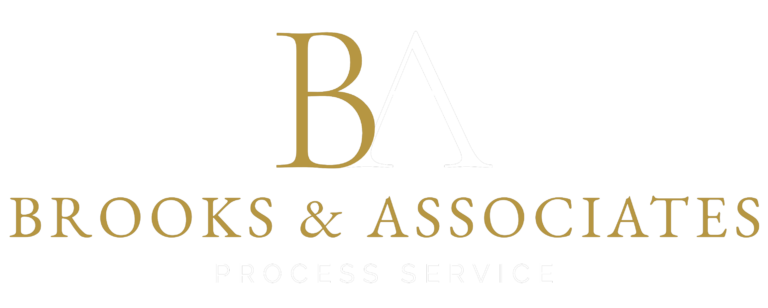Title: The Essential Role of Skip Tracing in Debt Collection
In the world of debt collection, one crucial tool that is often utilized to locate elusive debtors is skip tracing. Skip tracing is the process of tracking down individuals who have moved or changed their contact information without informing their creditors. This method involves using various resources and techniques to find the current whereabouts of these debtors so that they can be contacted and payment arrangements can be made. In this blog post, we will delve into the importance of skip tracing in debt collection and how it can help improve collection rates for businesses.
1. Locating Hard-to-Reach Debtors: One of the main challenges in debt collection is dealing with debtors who have intentionally or unintentionally made themselves difficult to reach. These individuals may have changed their phone numbers, moved to a new address, or simply become unresponsive to collection attempts. Skip tracing helps debt collection agencies locate these hard-to-reach debtors by leveraging databases, public records, and other investigative techniques to find updated contact information.
2. Improving Collection Rates: By successfully locating elusive debtors, skip tracing plays a vital role in improving collection rates for businesses. Debt collection agencies that invest in skip tracing services are able to reach a larger percentage of their delinquent accounts, leading to increased recovery rates and higher overall revenue. Skip tracing helps businesses minimize losses associated with uncollectible accounts and improves cash flow by facilitating the collection of outstanding debts.
3. Compliance with Regulations: Skip tracing must be conducted in compliance with applicable laws and regulations, including the Fair Debt Collection Practices Act (FDCPA) and the Gramm-Leach-Bliley Act (GLBA). Debt collection agencies must ensure that skip tracing activities are carried out ethically and responsibly, respecting the privacy rights of debtors and adhering to data protection laws. By partnering with reputable skip tracing providers that prioritize compliance, businesses can mitigate legal risks and maintain a positive reputation in the industry.
4. Enhanced Customer Service: While debt collection is often seen as a challenging and sometimes contentious process, skip tracing can also be used to enhance customer service. By locating debtors and opening lines of communication, businesses can work with individuals to understand their financial situation, offer payment solutions, and provide support in resolving their debts. Skip tracing enables a more personalized and empathetic approach to debt collection, fostering positive relationships with debtors and increasing the likelihood of successful repayment.
In conclusion, skip tracing is an essential tool in the debt collection process, helping businesses locate hard-to-reach debtors, improve collection rates, ensure compliance with regulations, and enhance customer service. By investing in skip tracing services and working with reputable providers, businesses can effectively recover outstanding debts, optimize their collection efforts, and maintain a professional and ethical approach to debt recovery. Skip tracing is a valuable asset for debt collection agencies looking to maximize their recovery efforts and achieve sustainable financial success.


